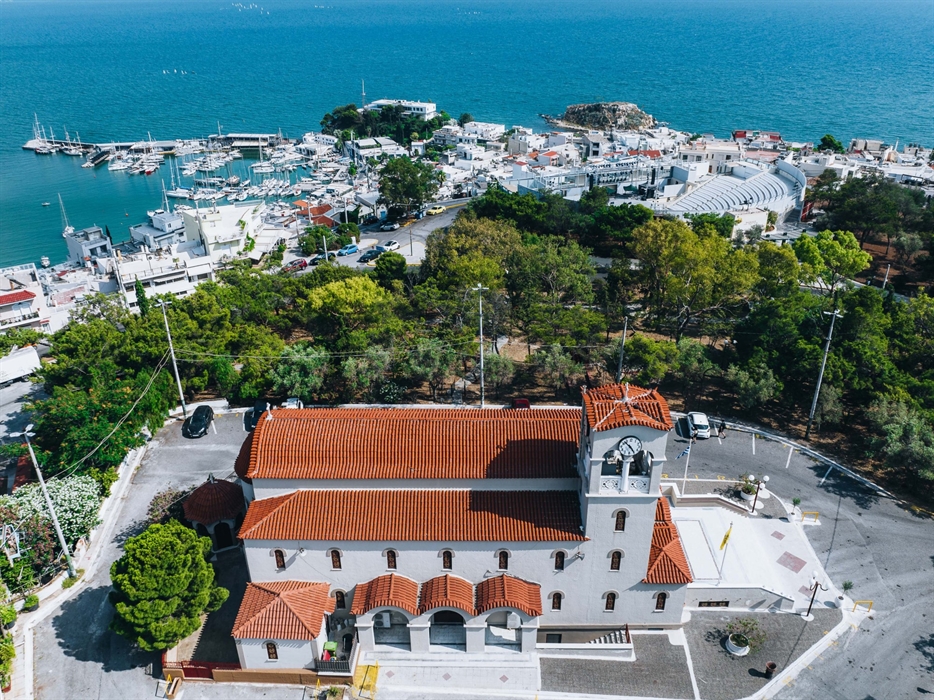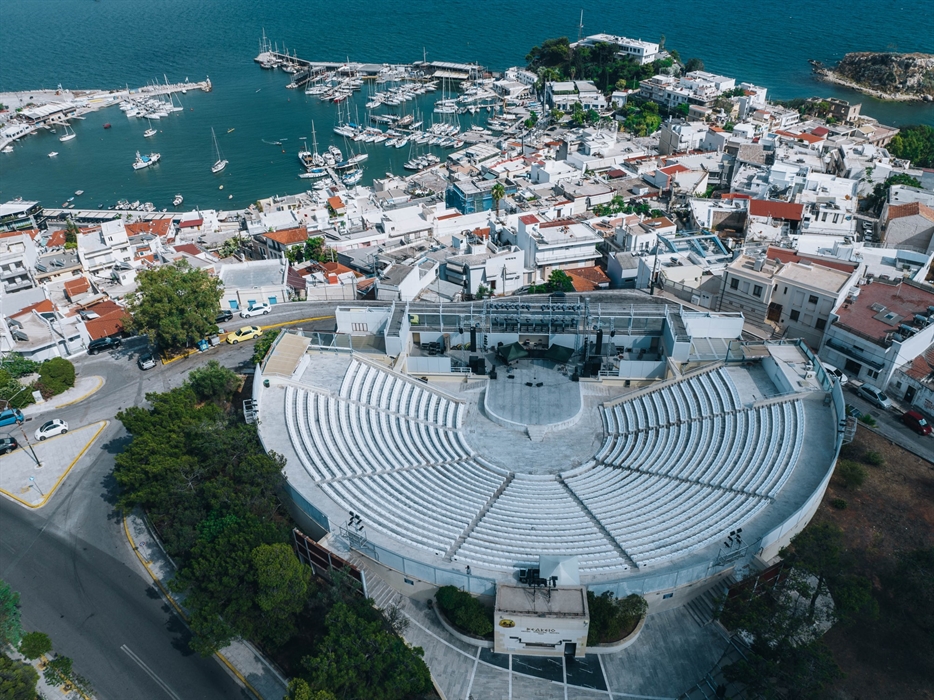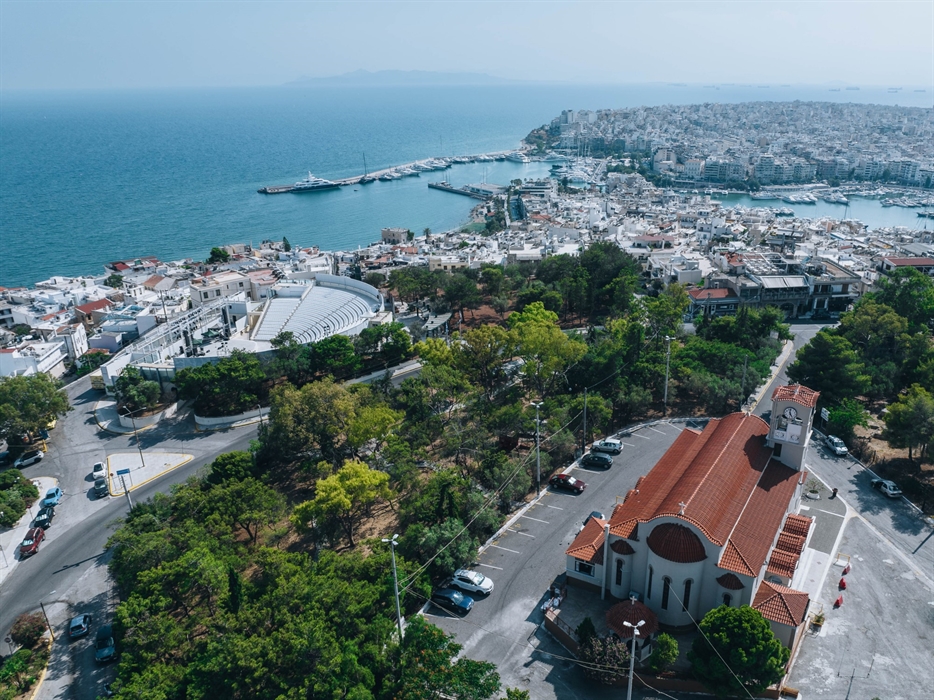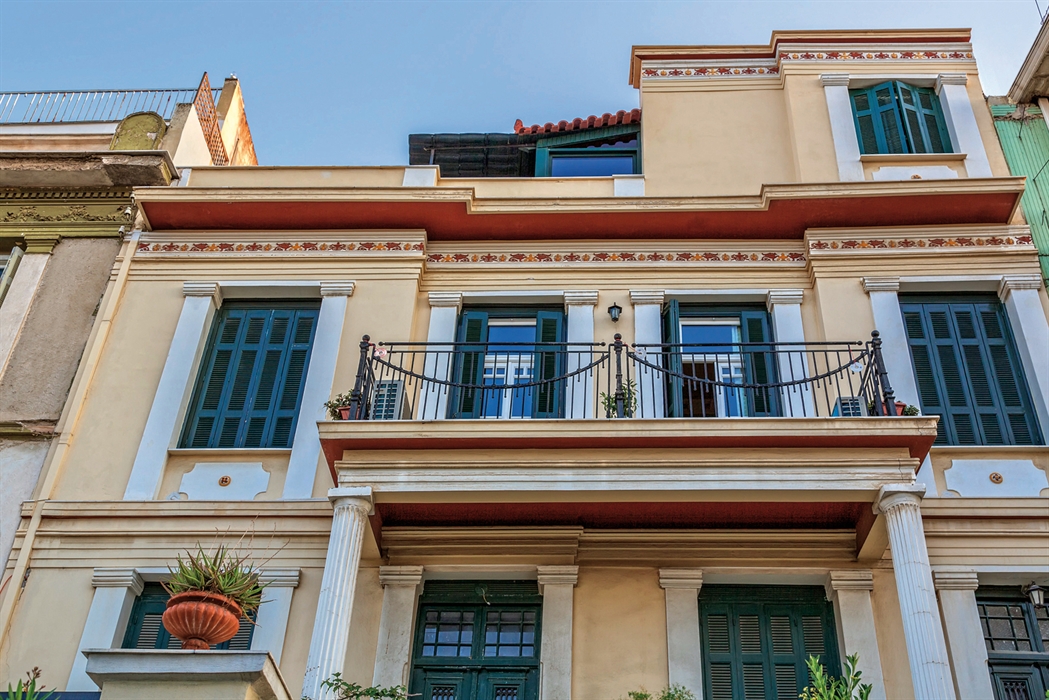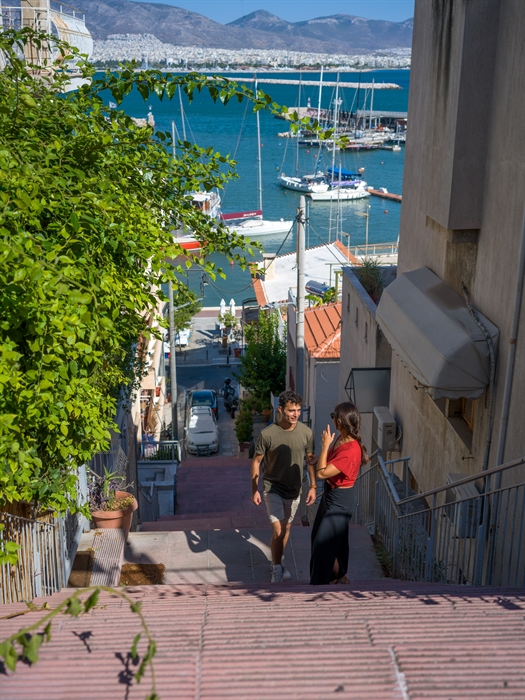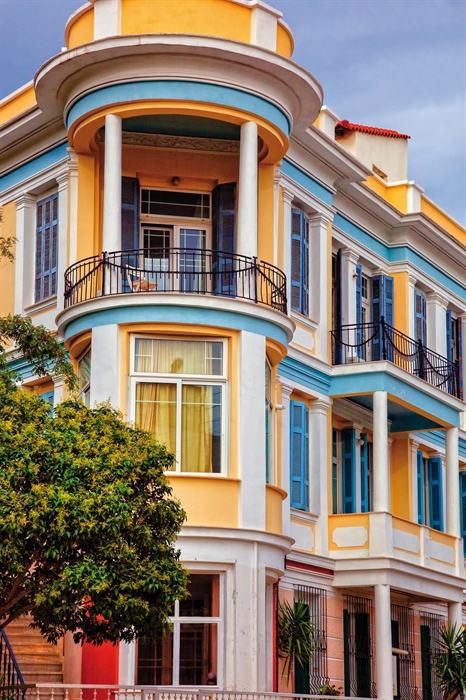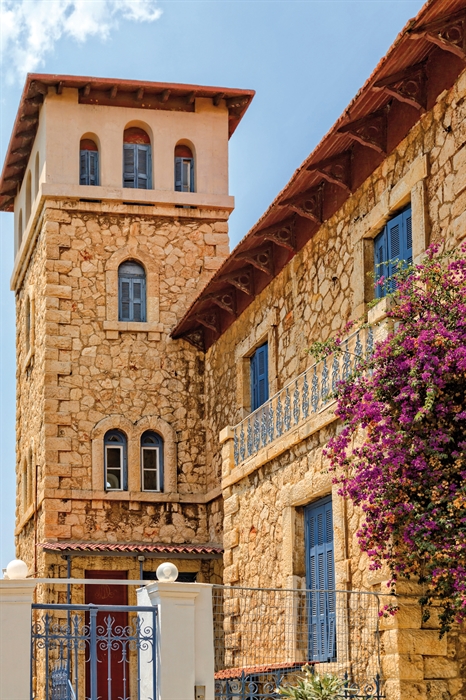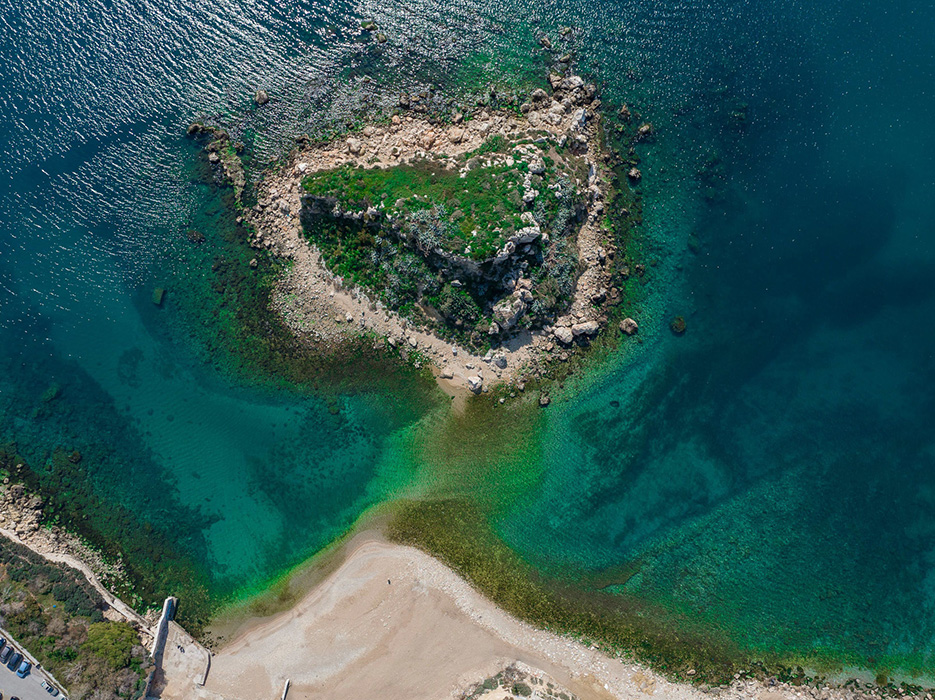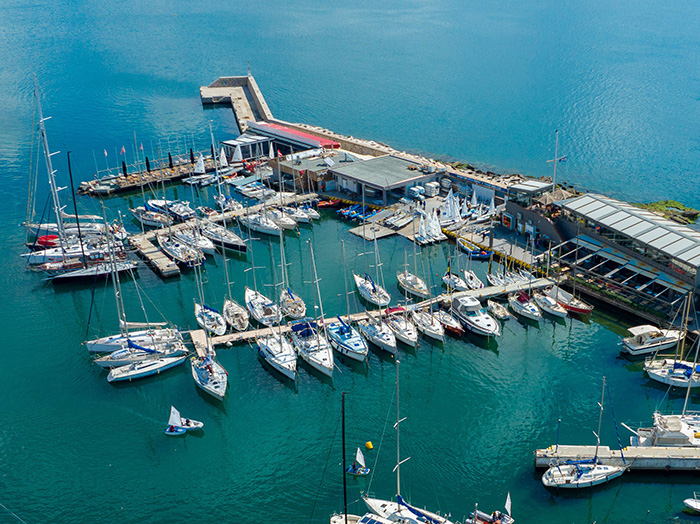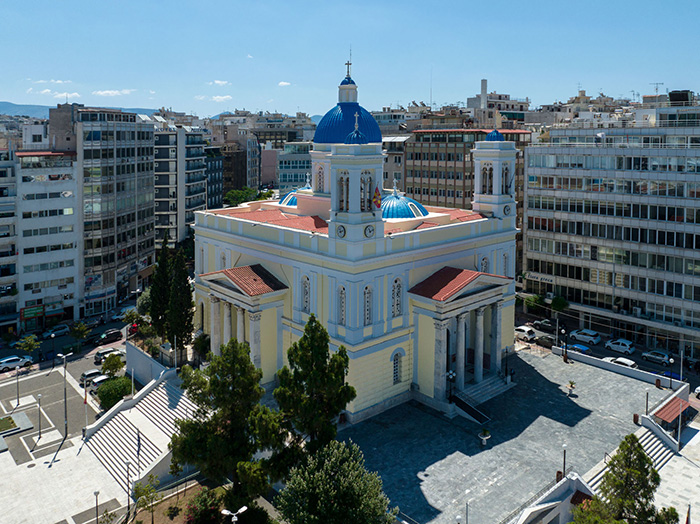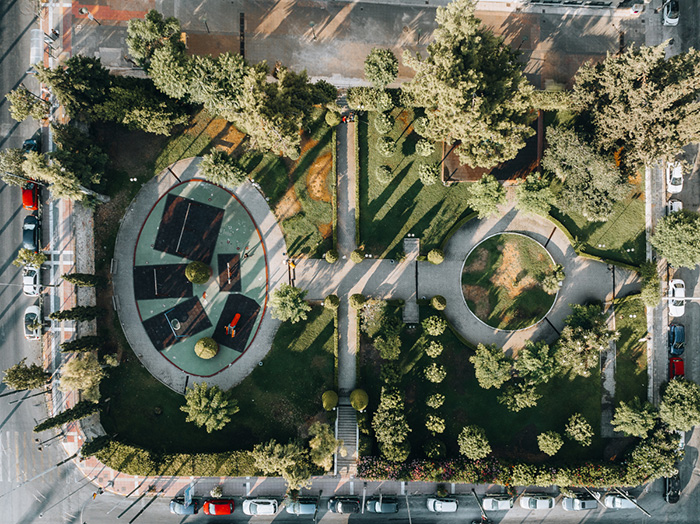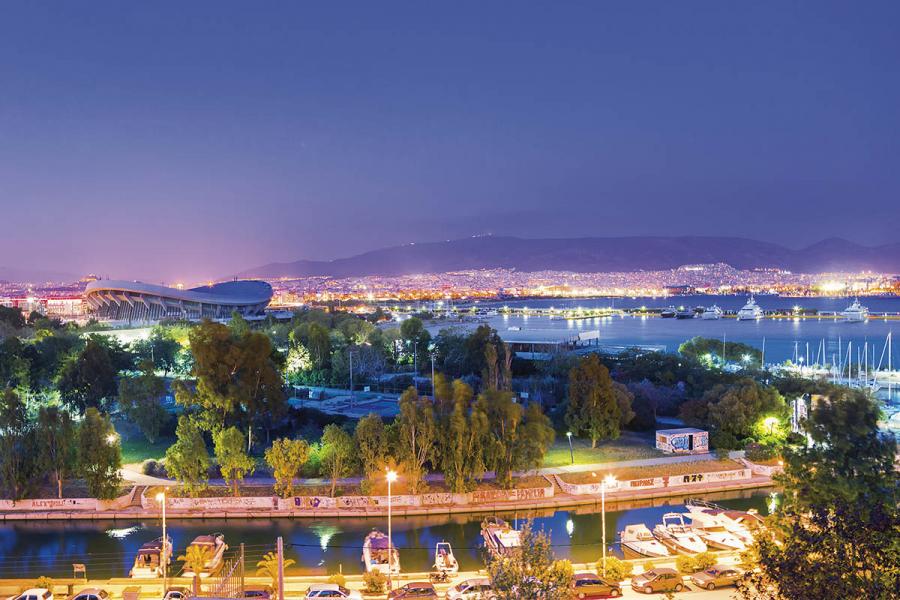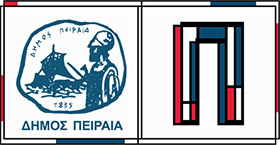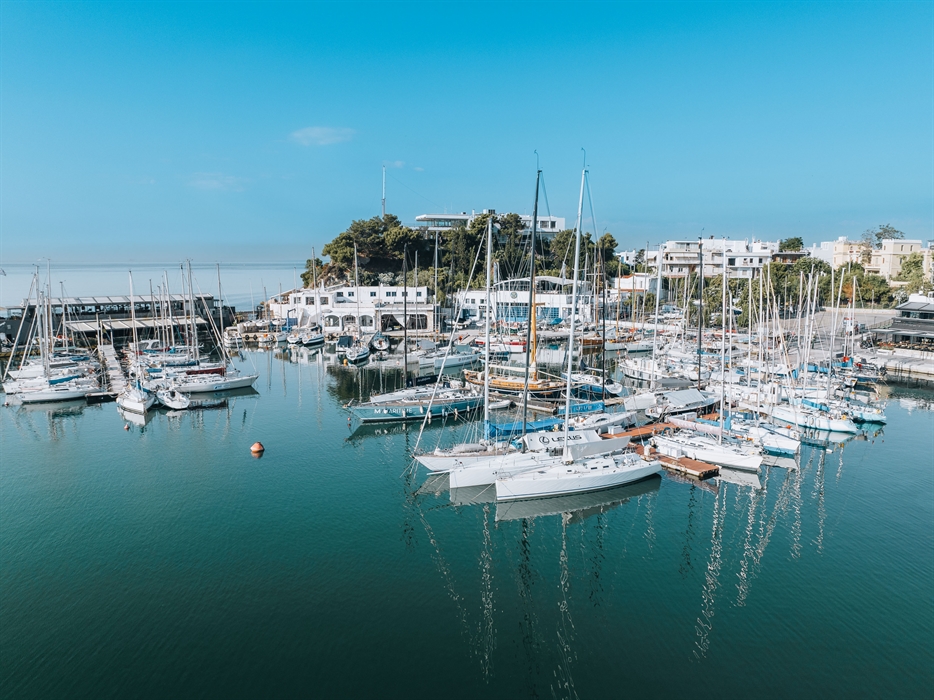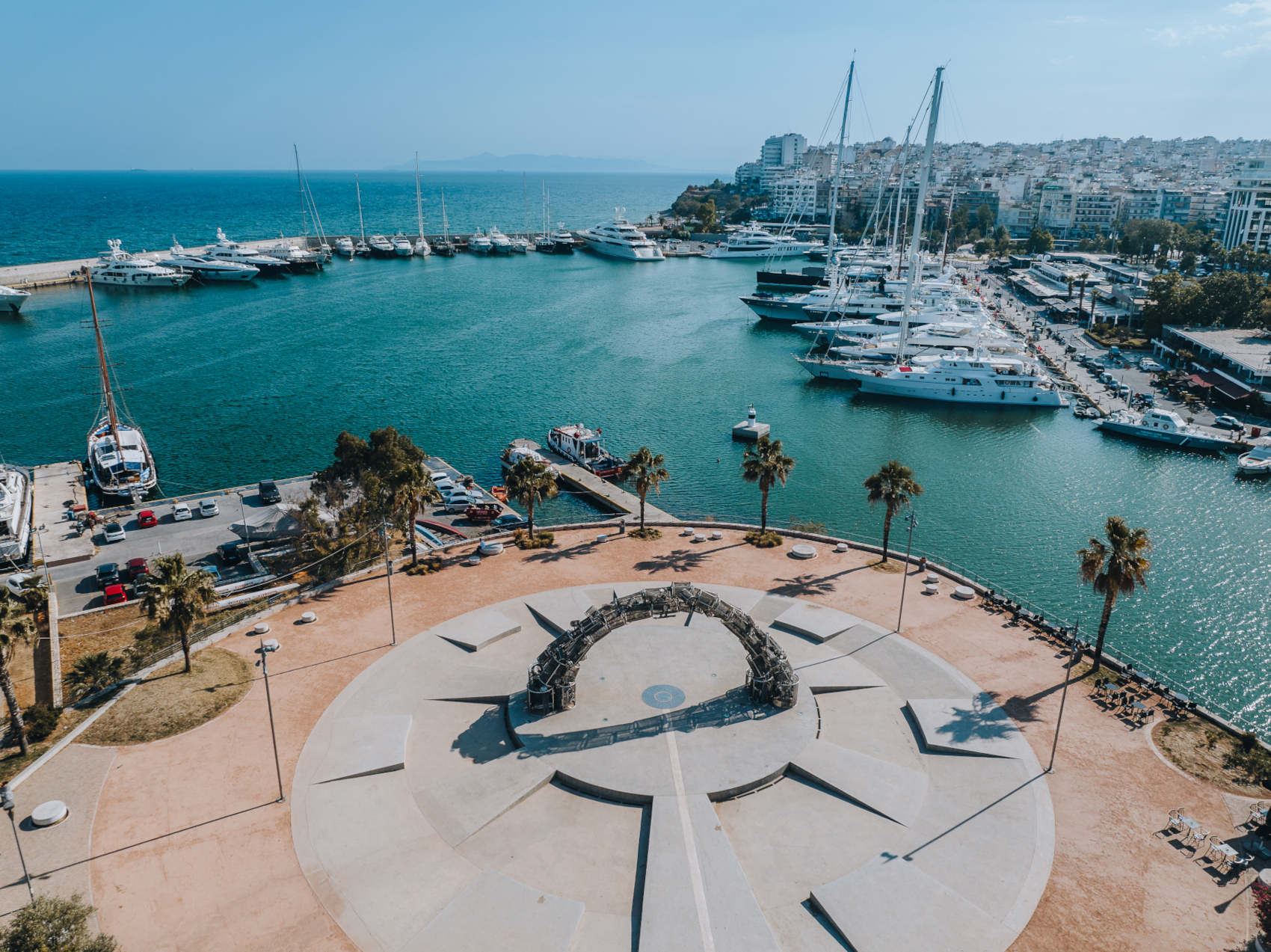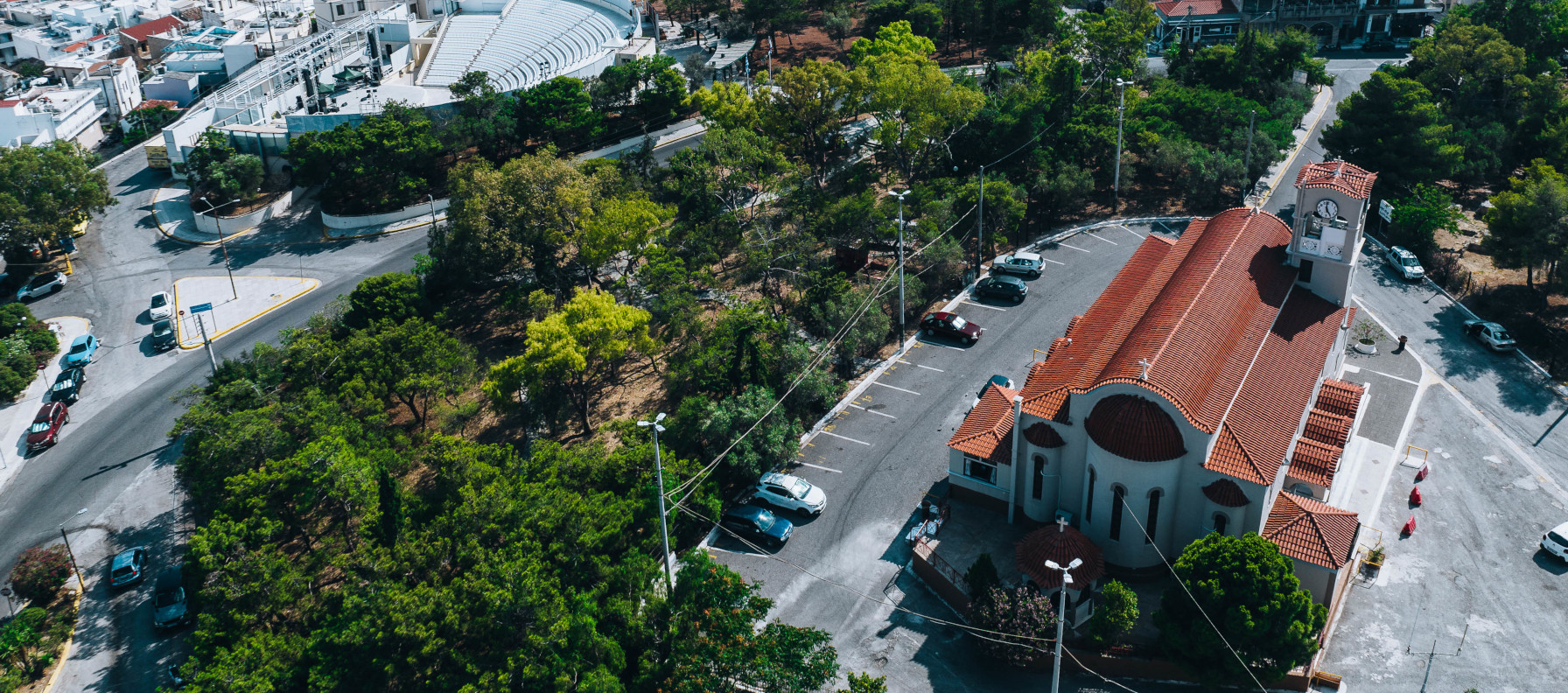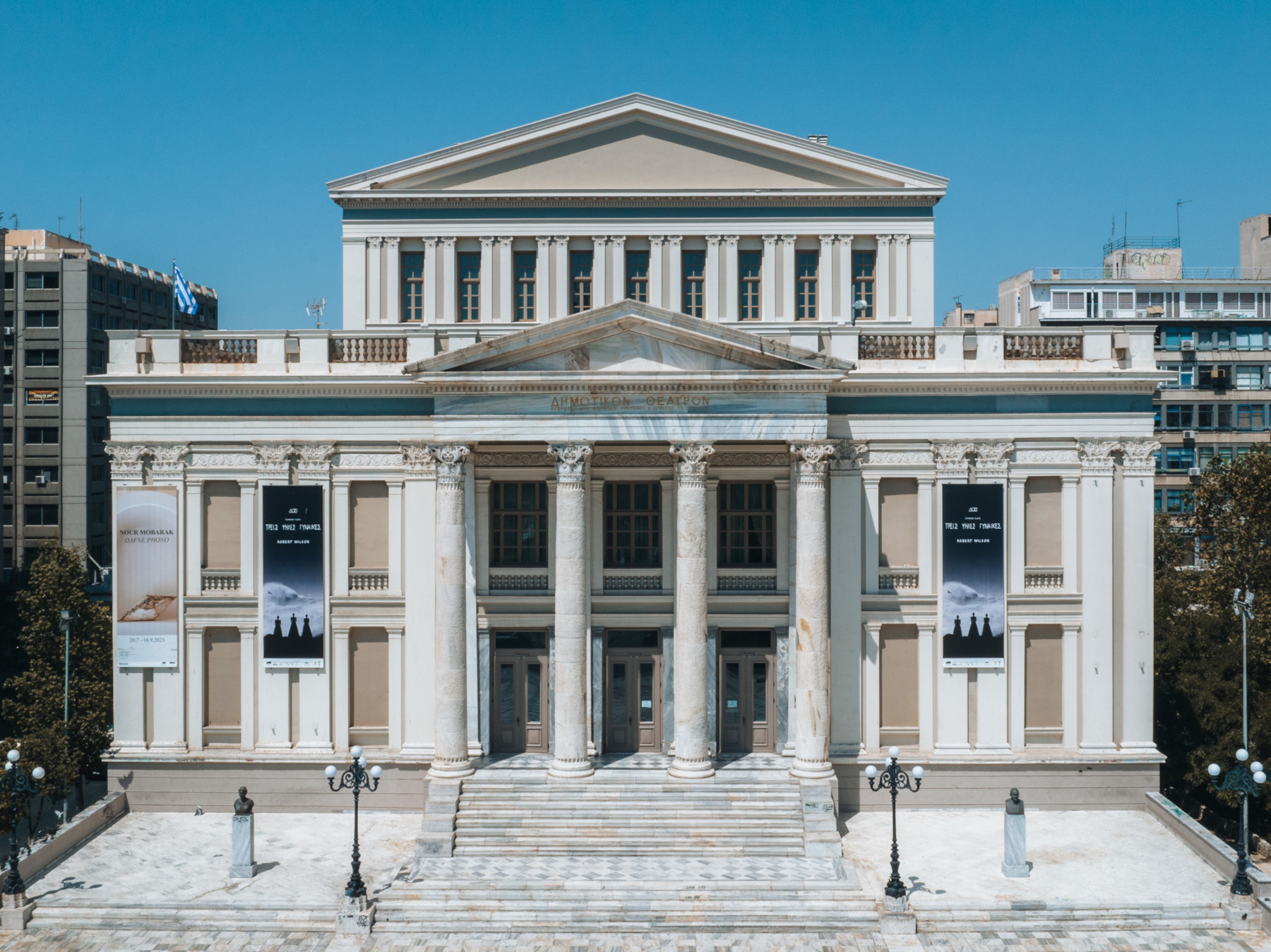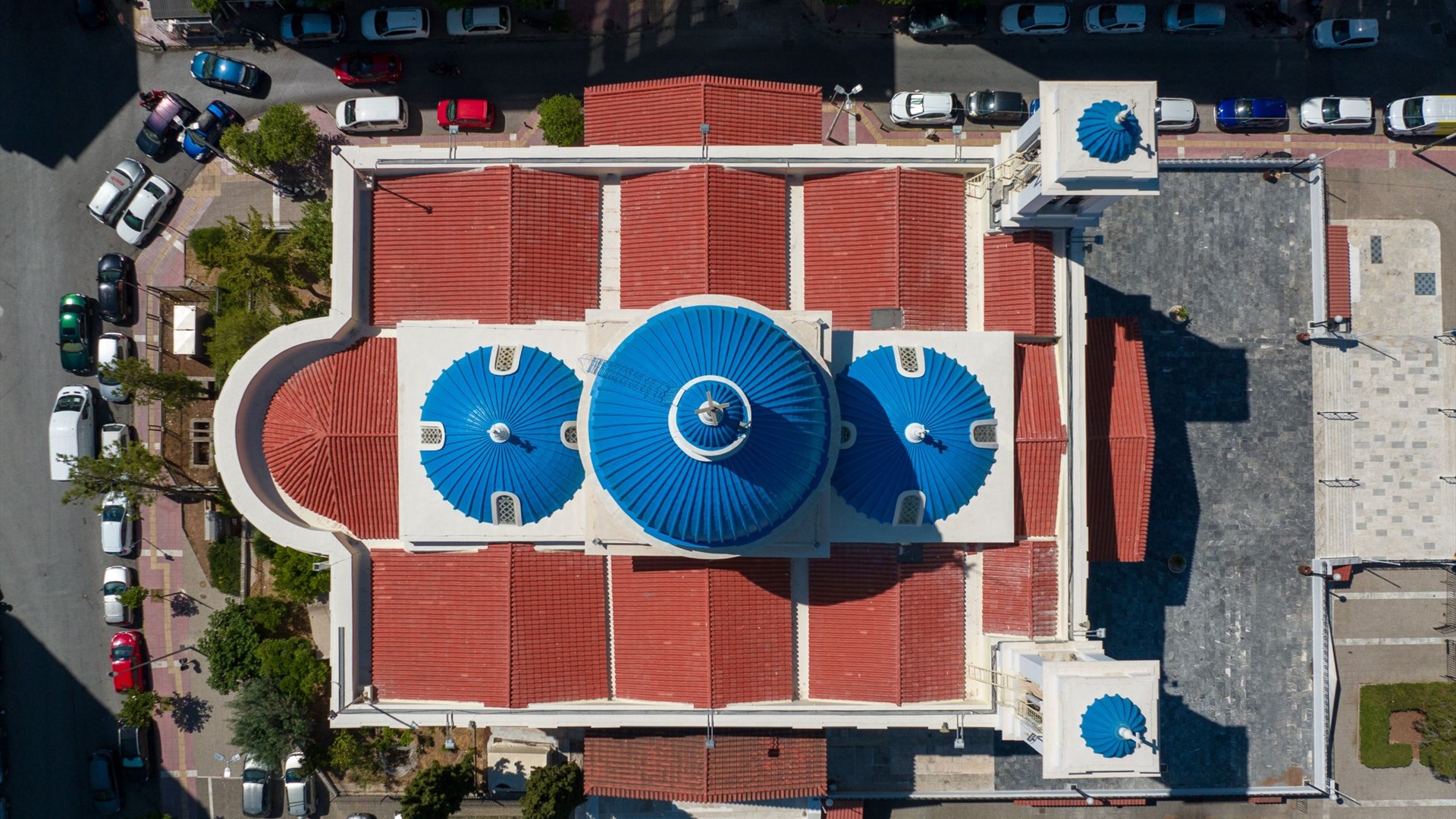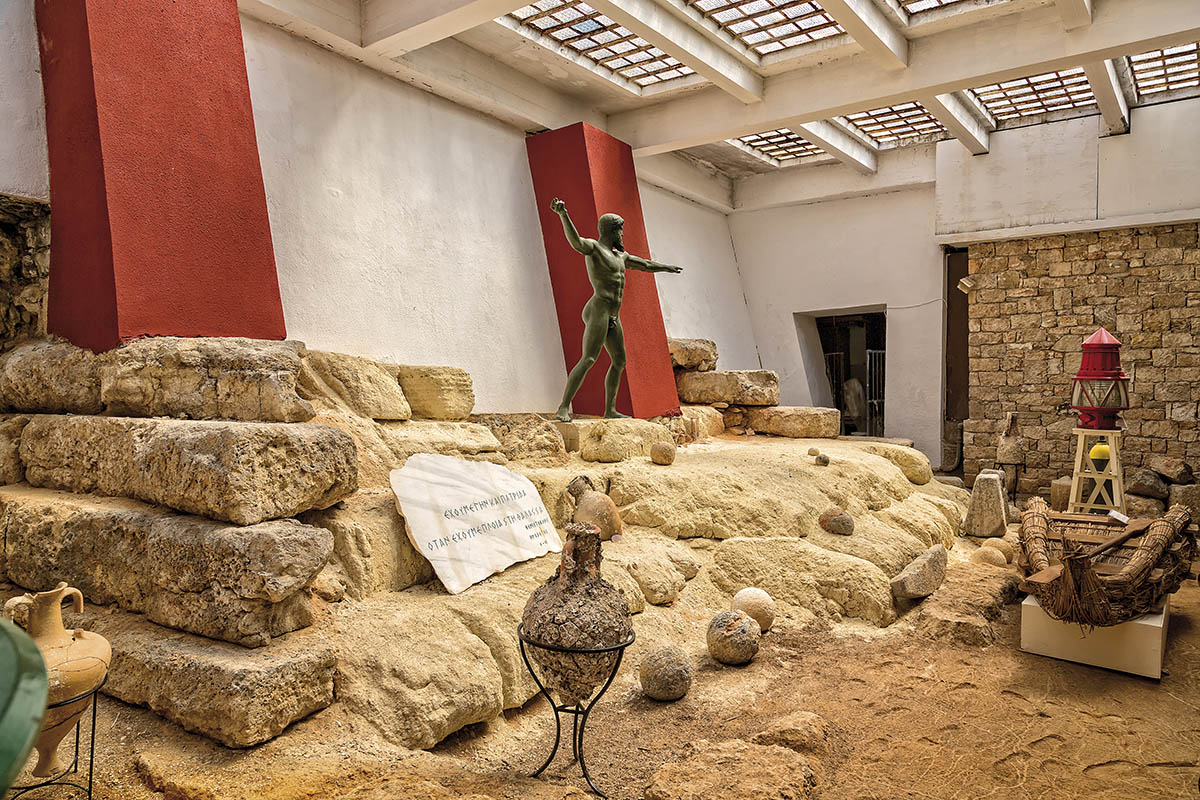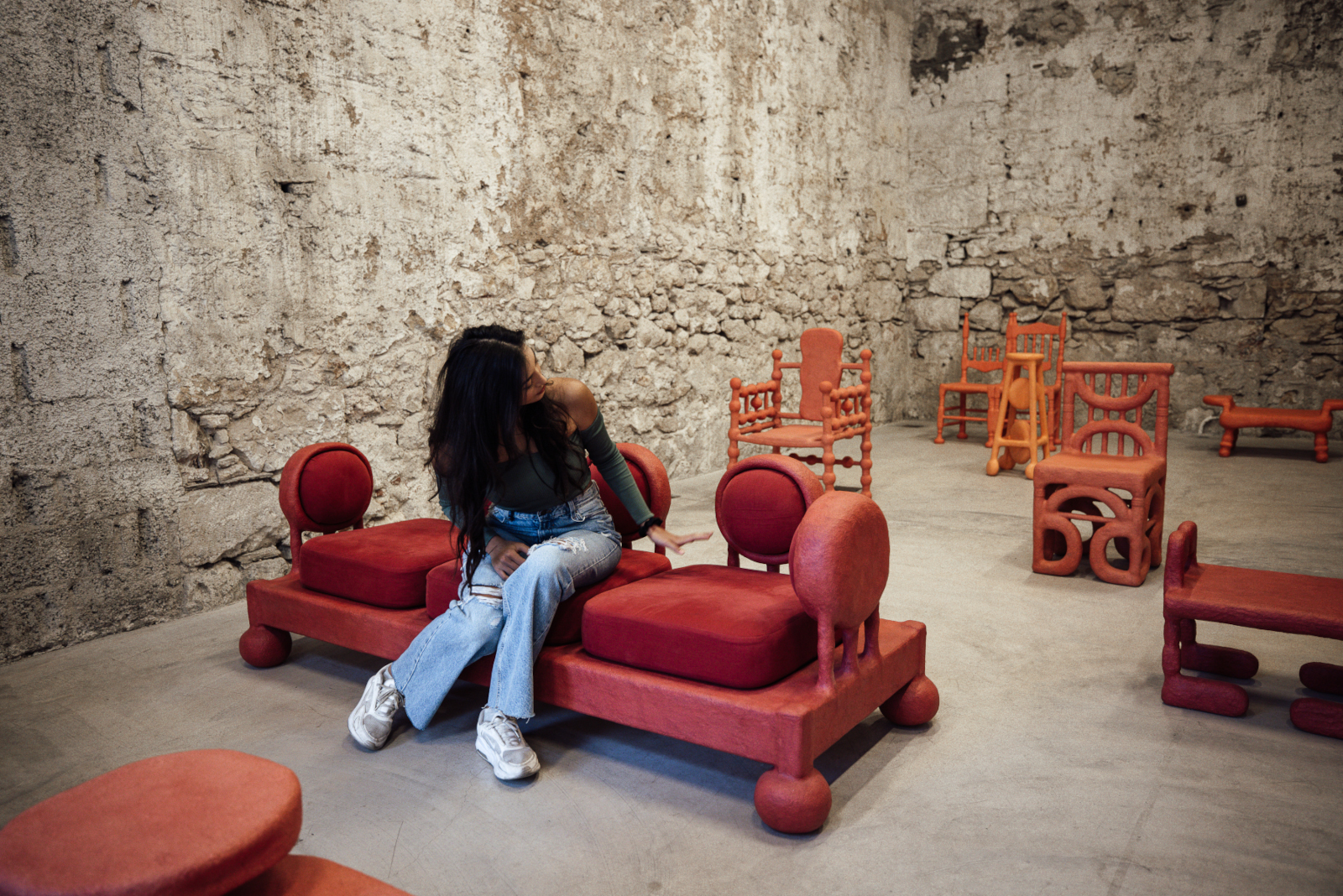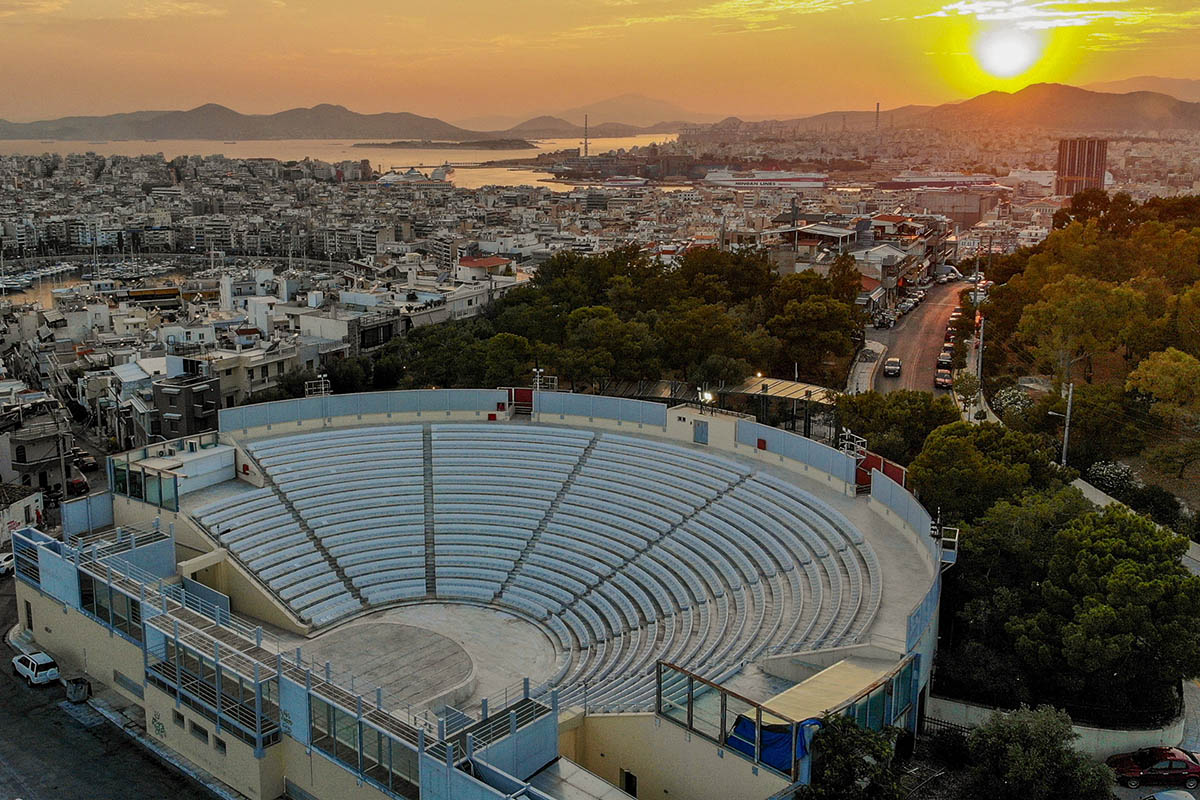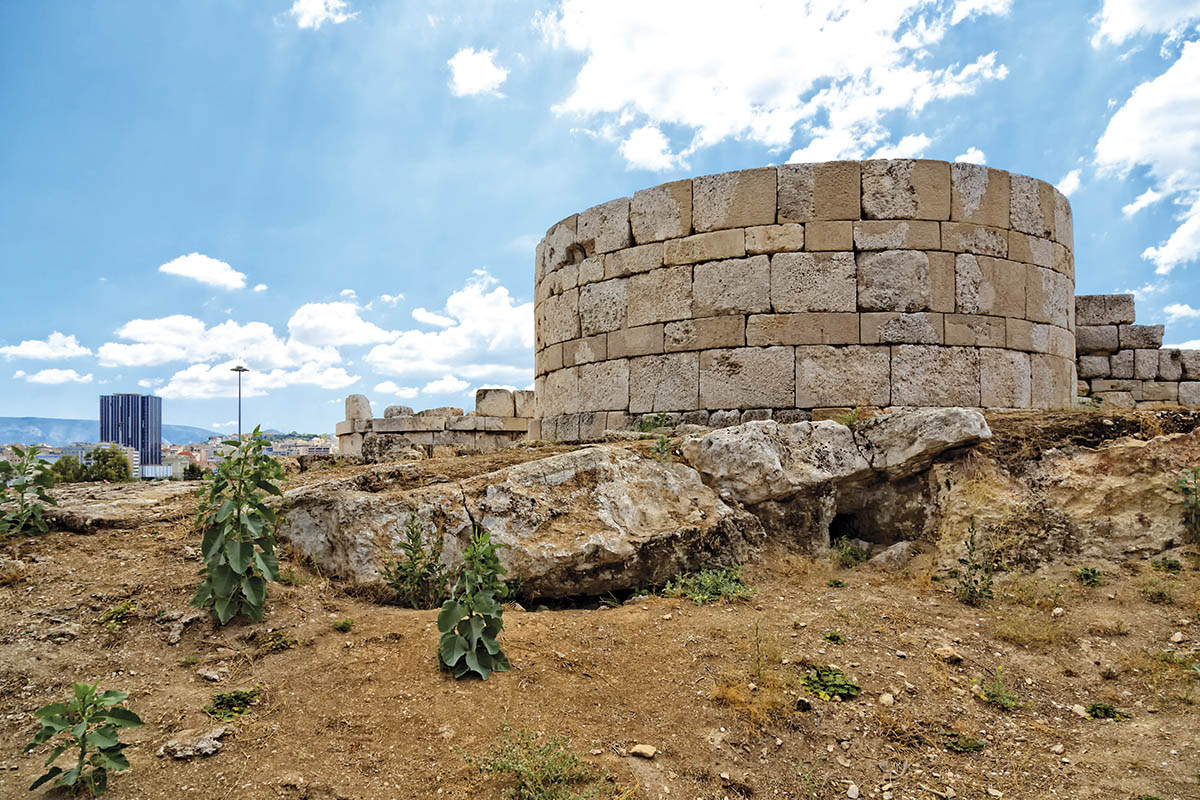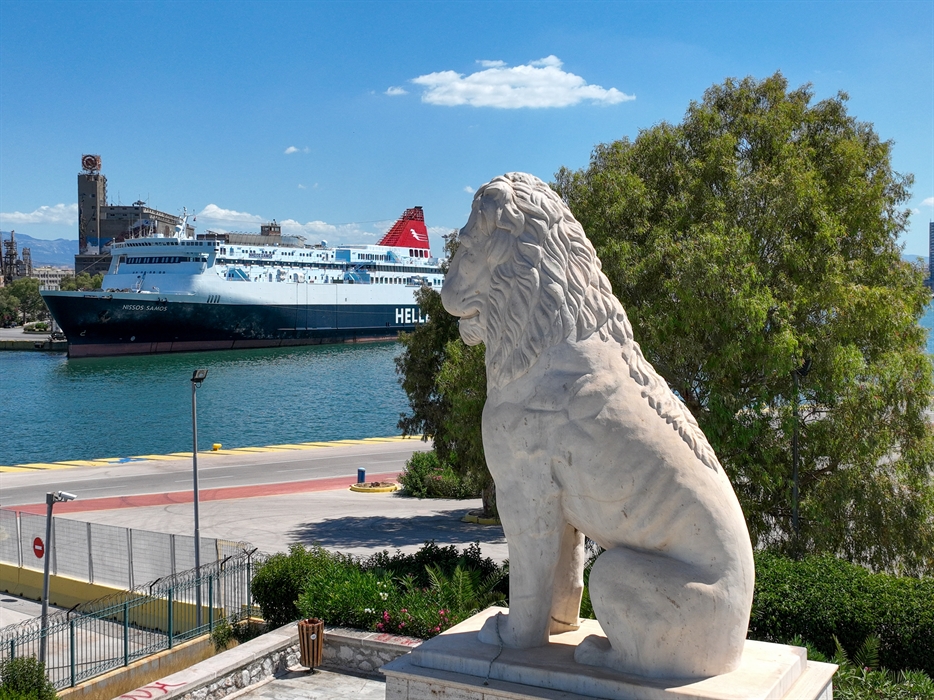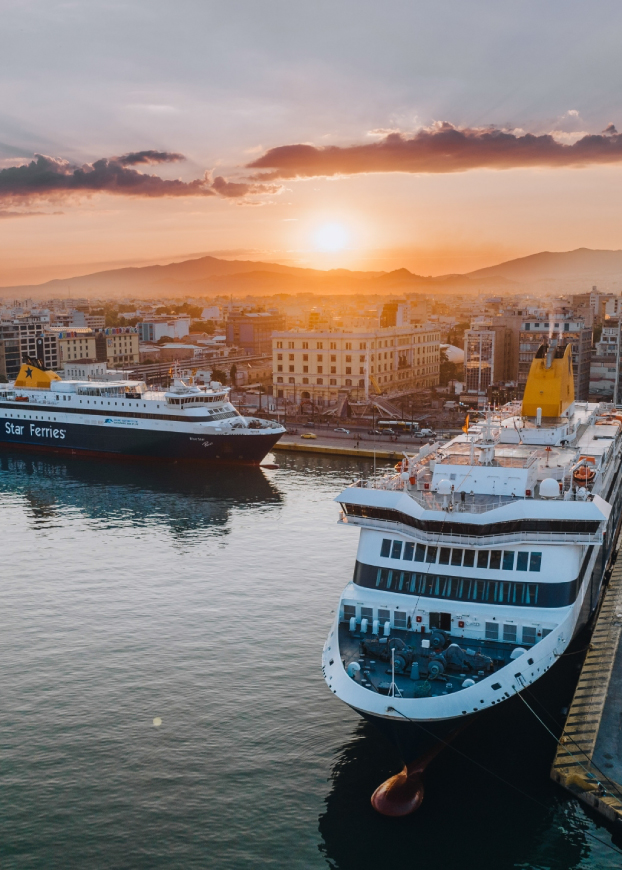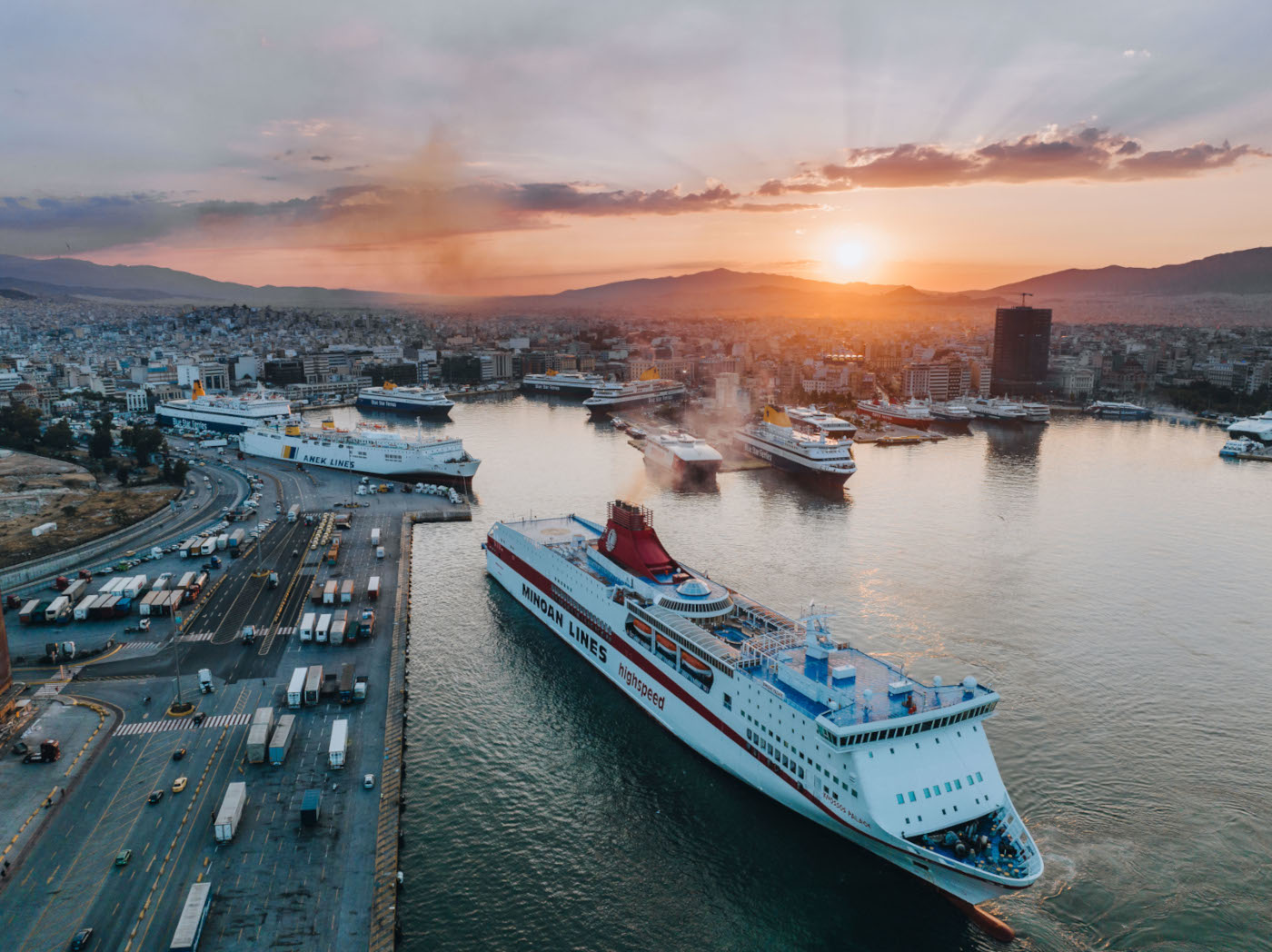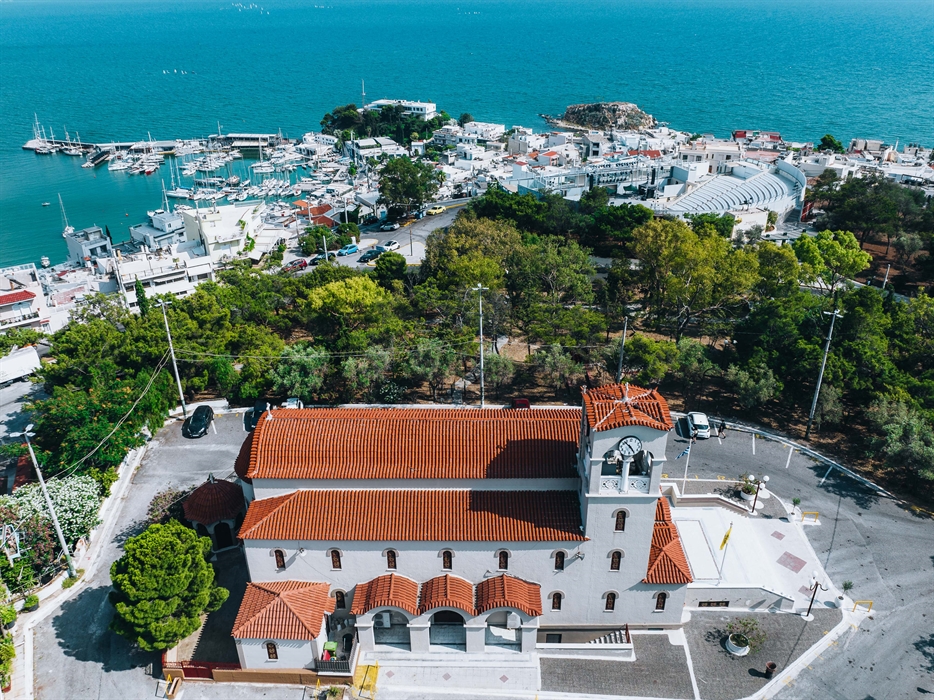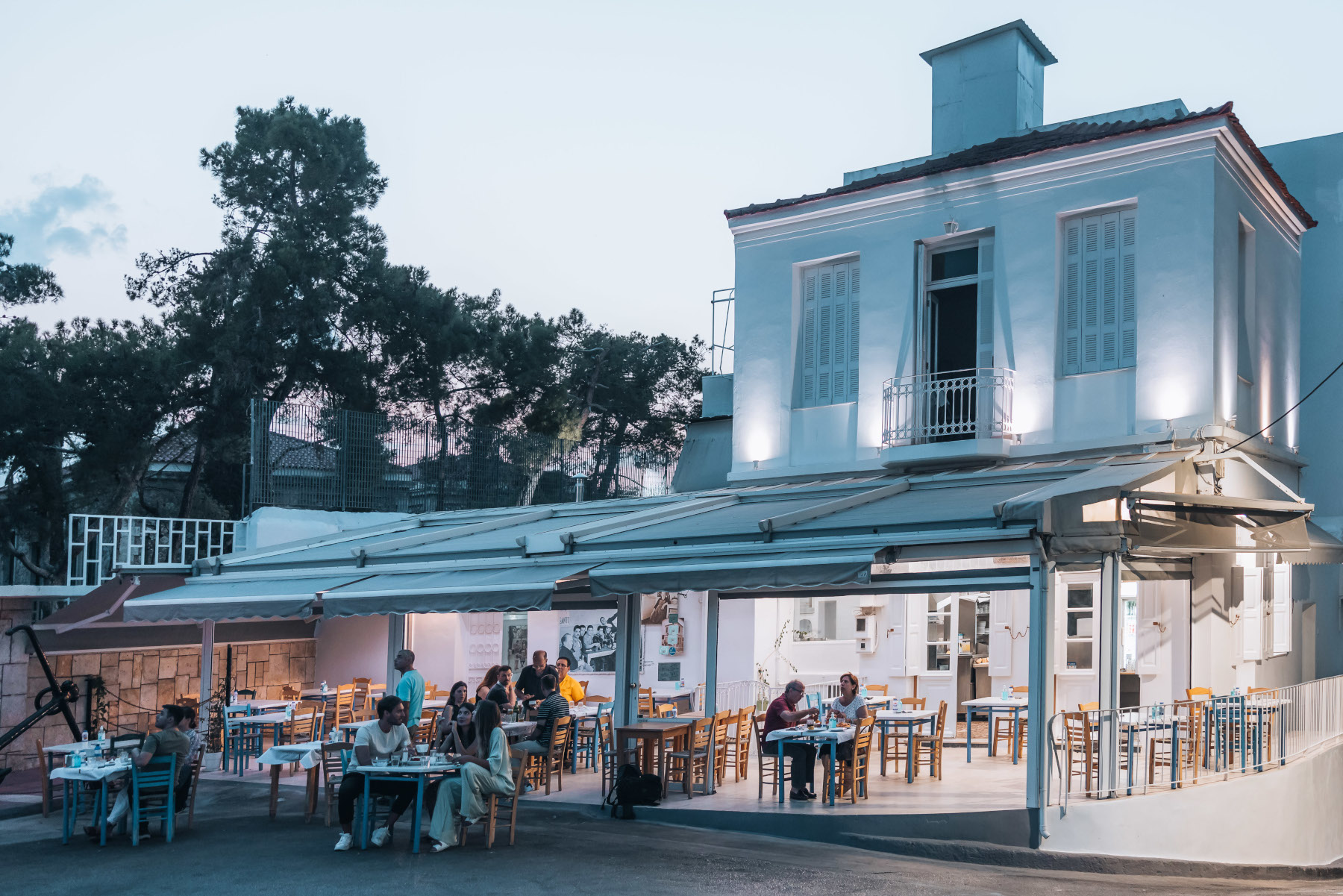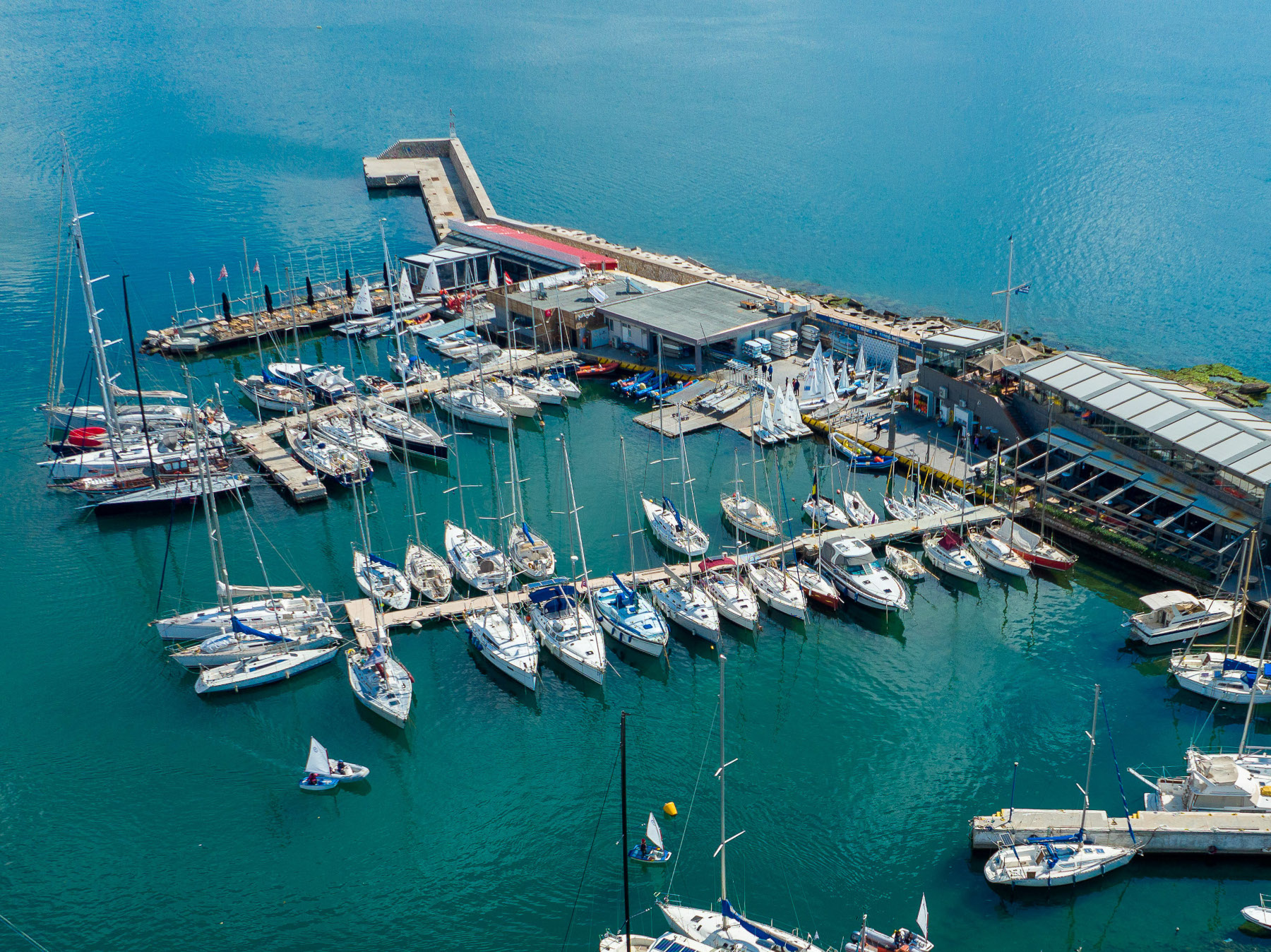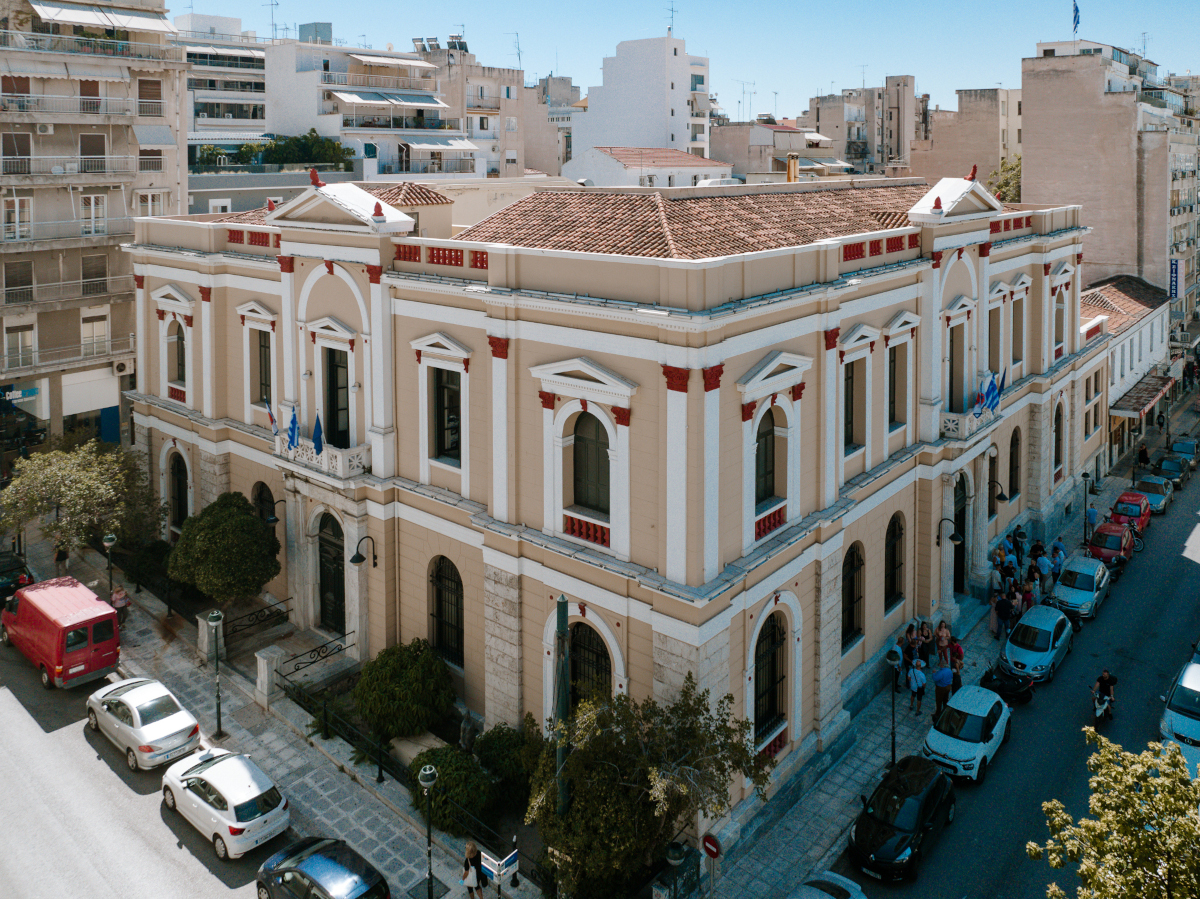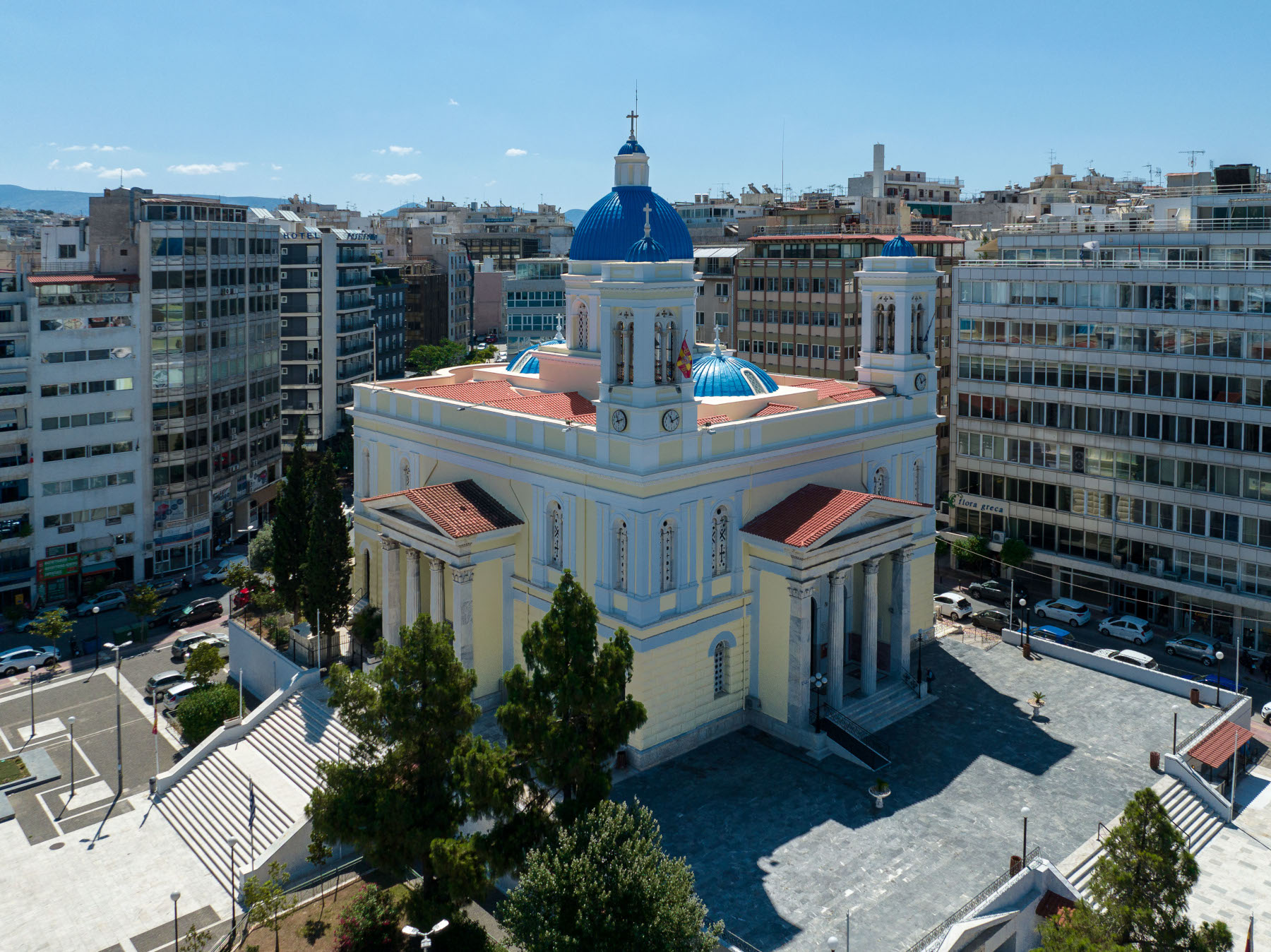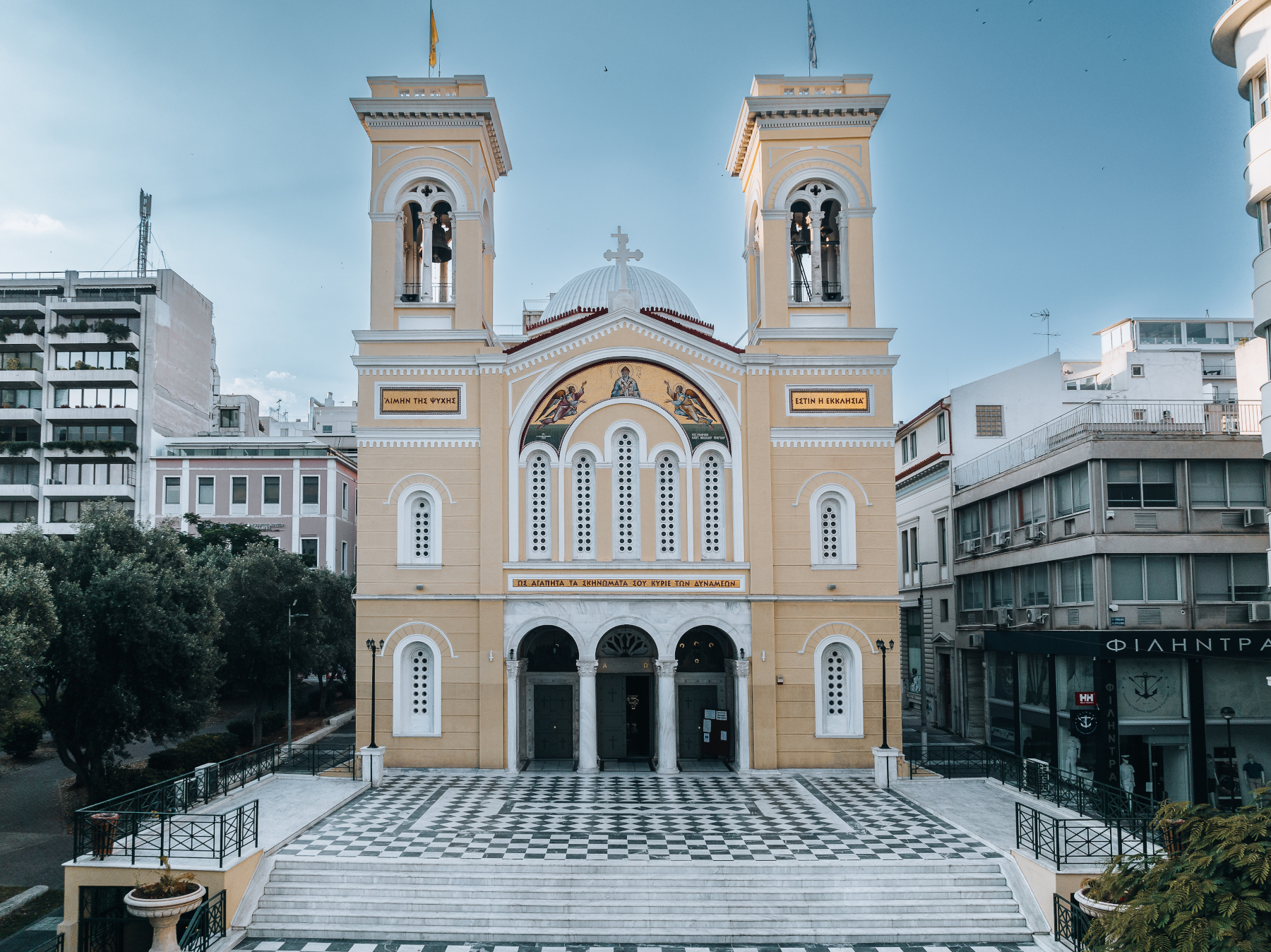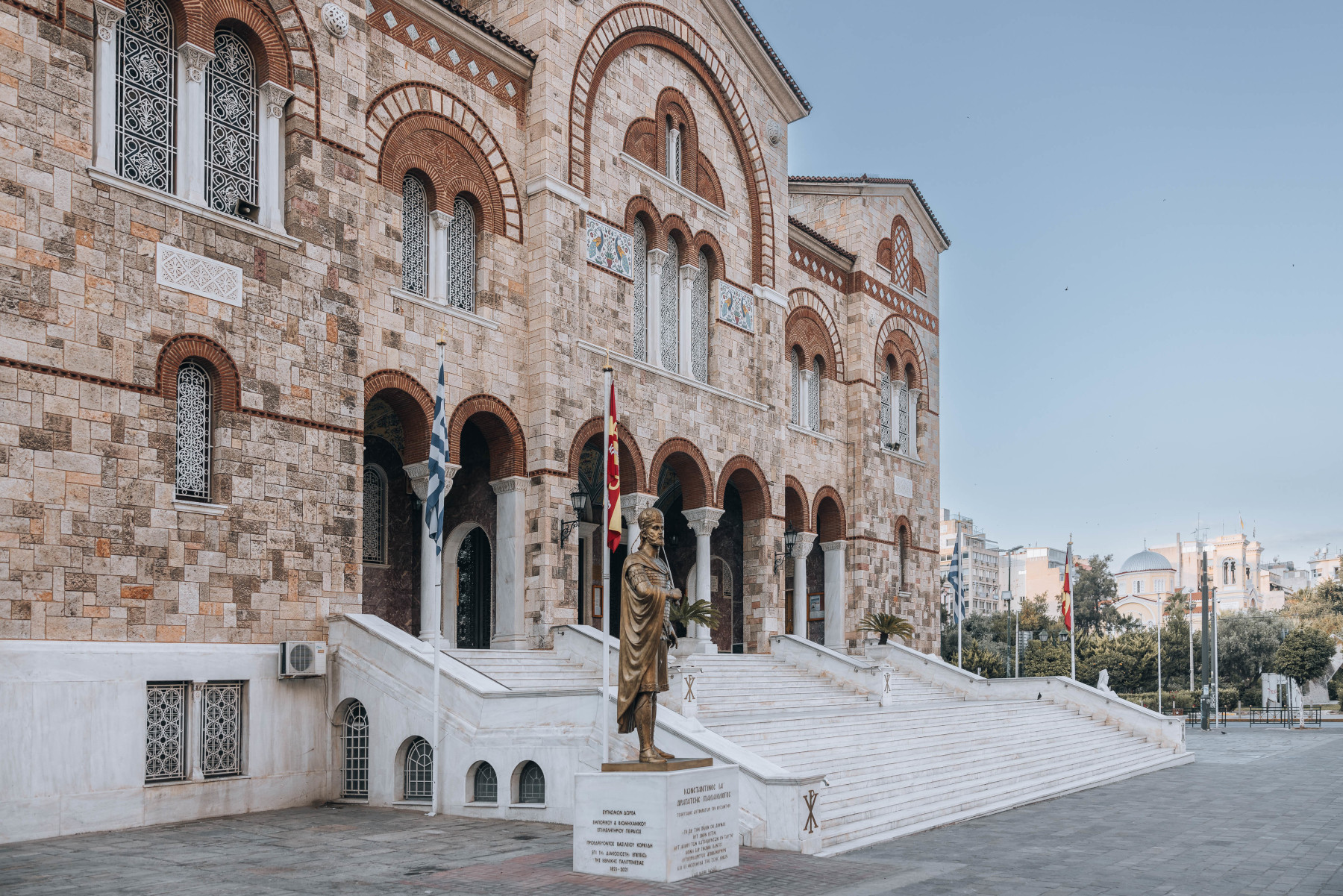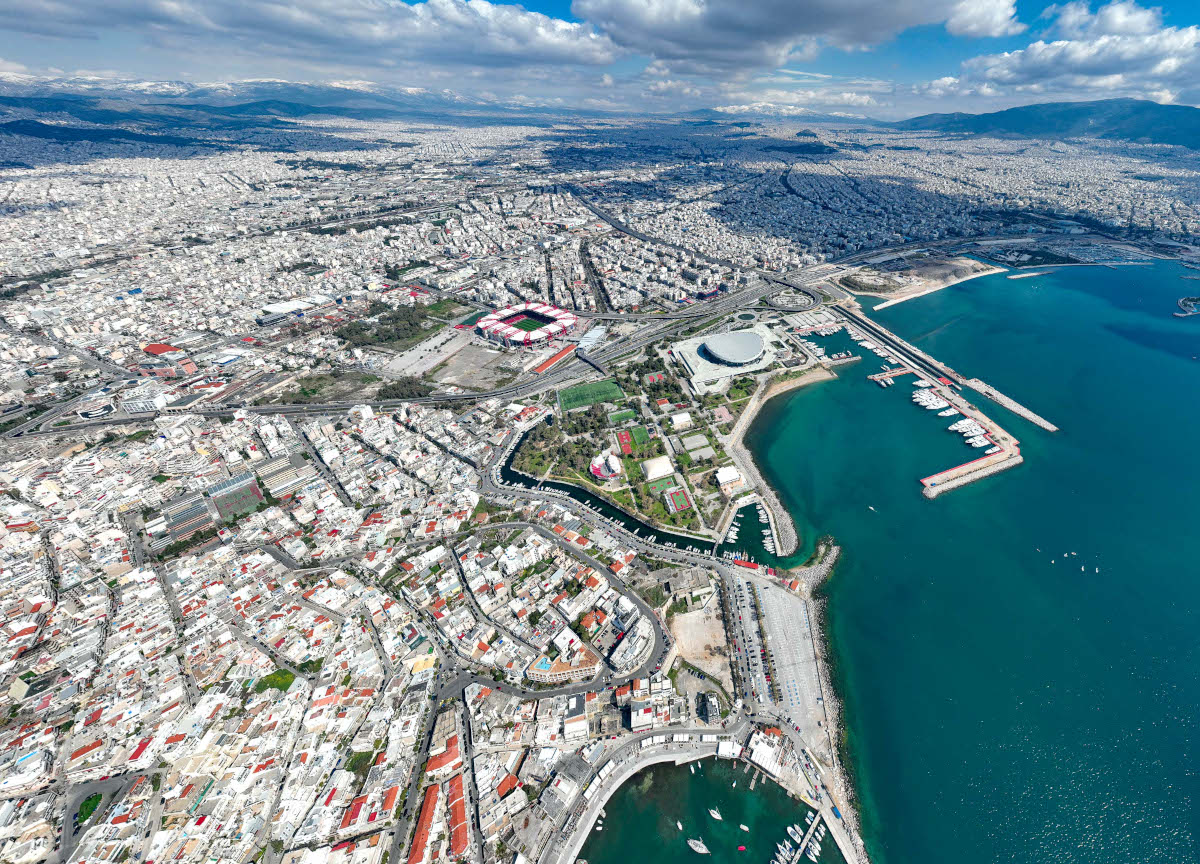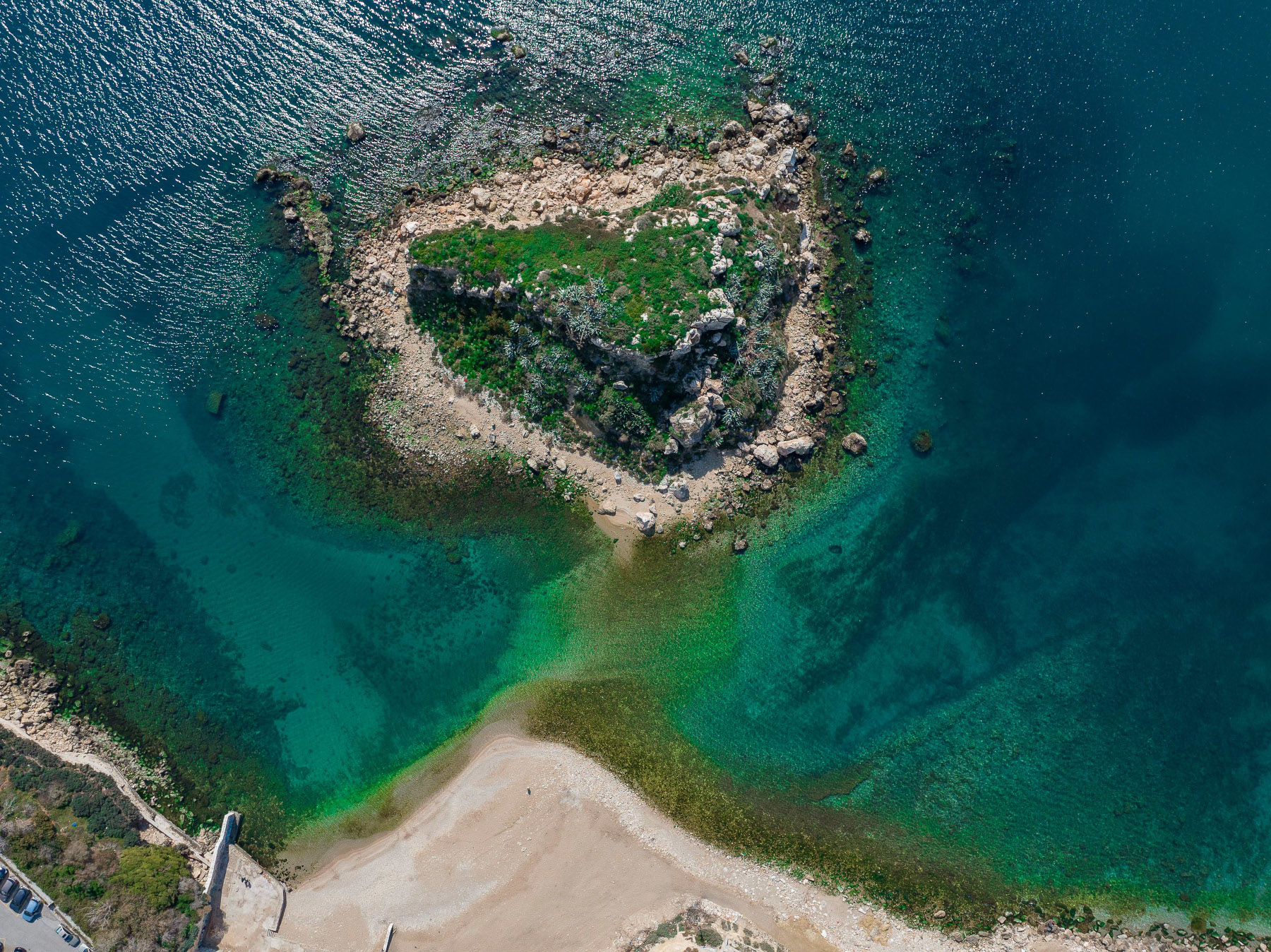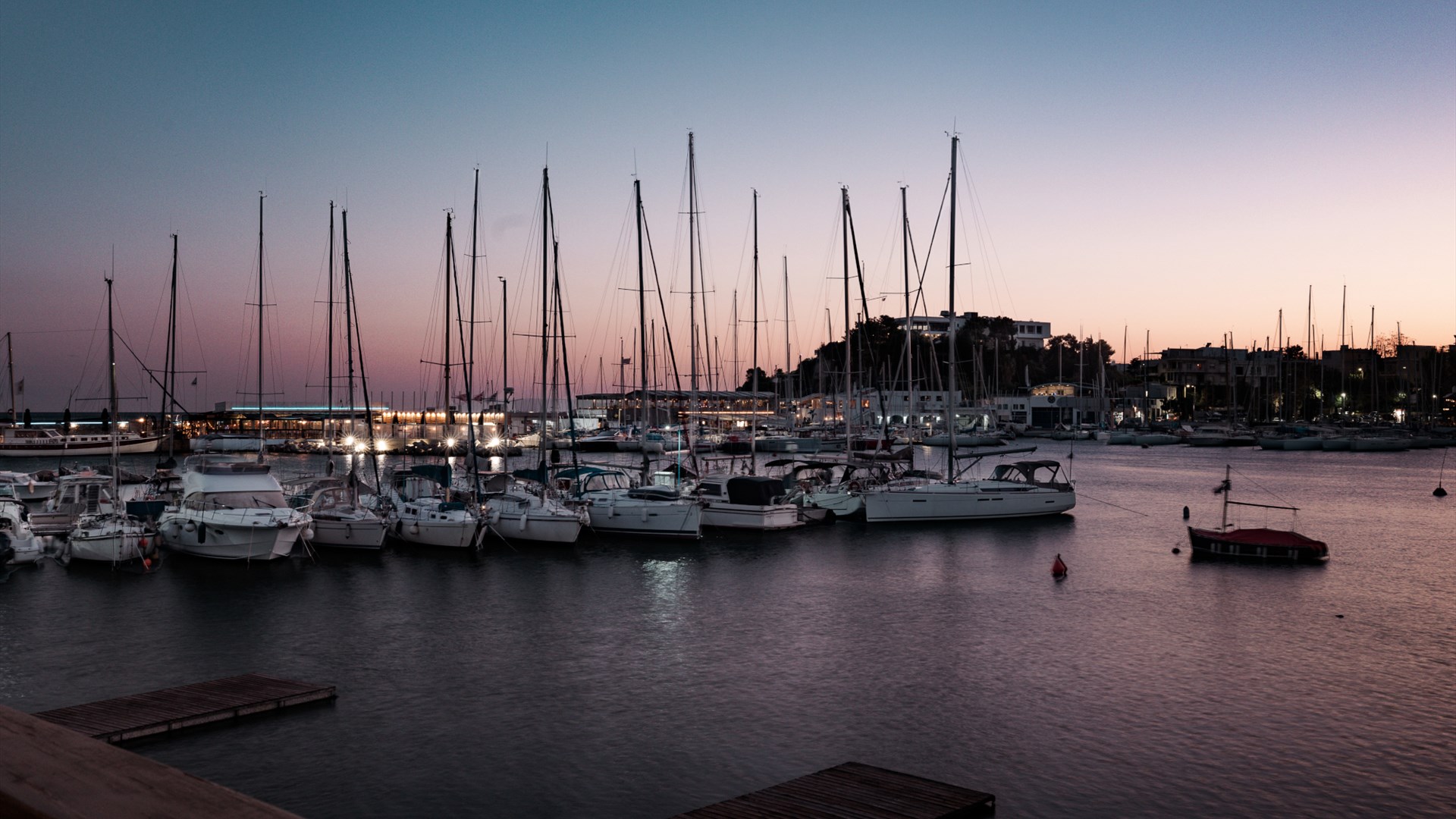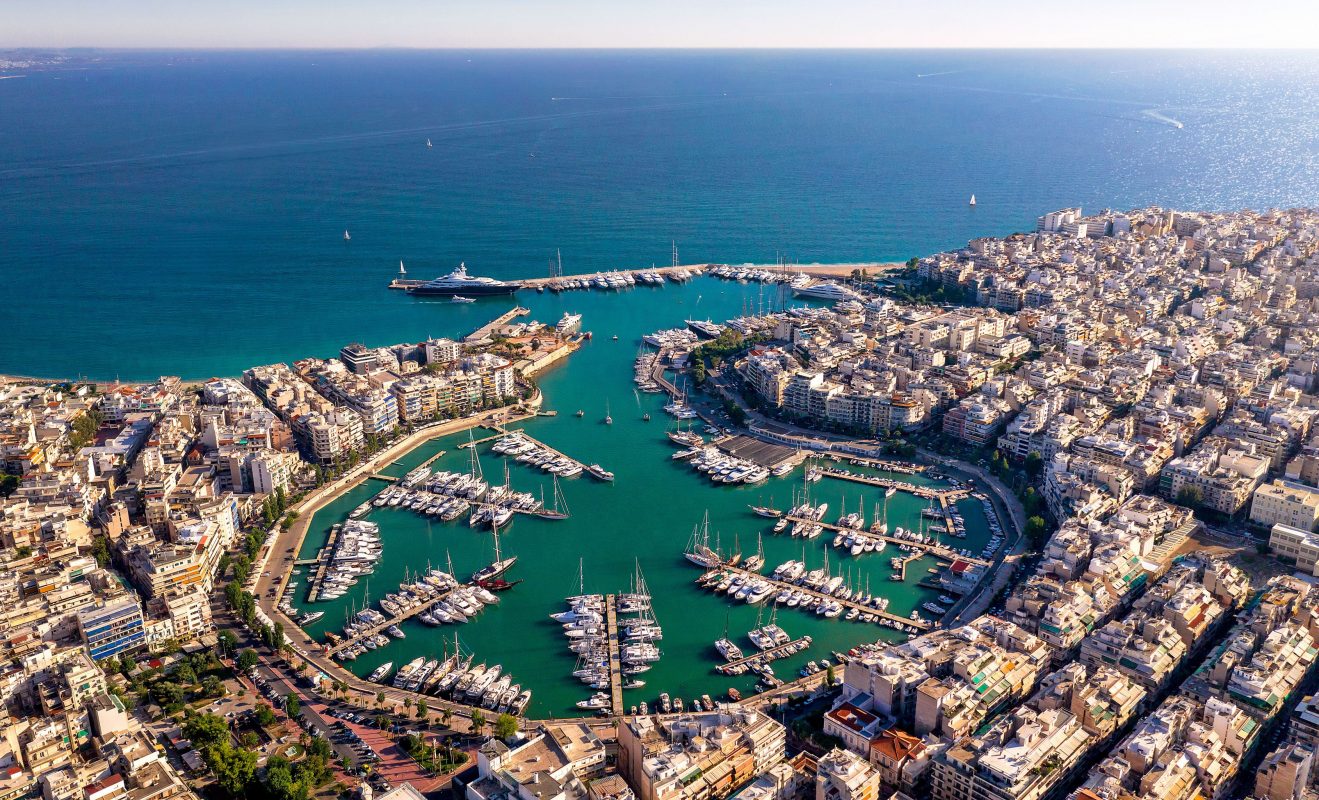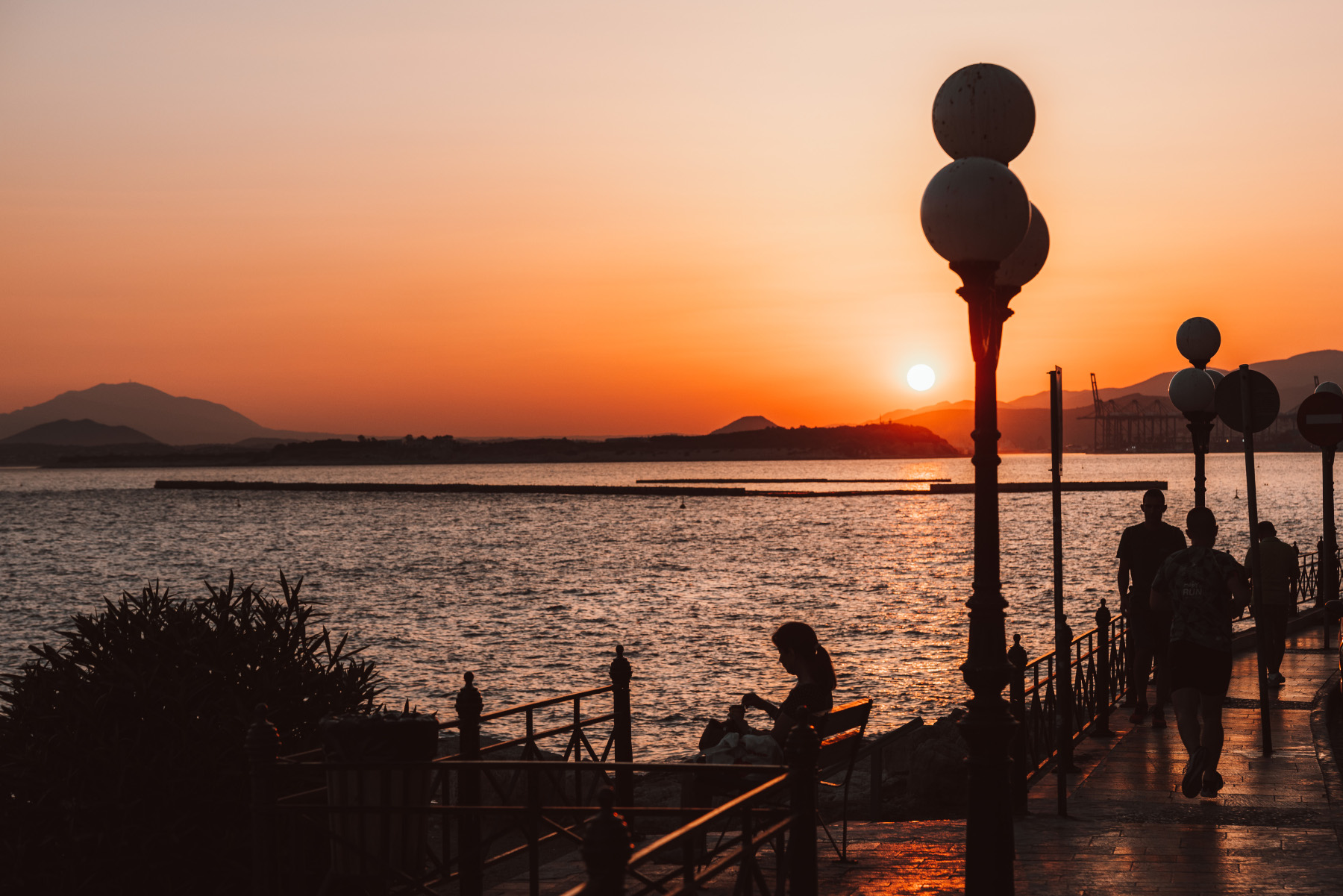Explore Kastella
Why does everyone talk about Kastella? Learn the history of the most beautiful neighborhood in Piraeus, which begins i...
Explore Kastella
You'll wish you lived there! In the neighborhood that, from its highest points, overlooks Mikrolimano, the entire coastline of Piraeus, the Athenian Riviera, and the endless sea horizon. Where 19th-century mansions adorned with neoclassical and eclectic architectural elements are scattered. Where the air is filled with the scent of flowers in the courtyards. Where blooming bougainvillea, jasmine, and orange trees decorate the staircases. And at its summit lies Veakeio, with its unique panoramic view, and the Church of Prophet Elias with its grove.
It is ultimately the most beautiful neighborhood of Piraeus. And the most photogenic!
Every walk in Kastella is a unique experience.
The rare "dowry" of Kastella. In the 19th century, affluent urbanites, merchants, bankers, and politicians - not only from Piraeus but also from Athens for summer holidays - chose this beautiful area. Their mansions became symbols of wealth and power, and the area was considered a place for the privileged. They were built in an artistic manner, in places with steep inclines to ensure unobstructed views. Notable among them were the residence of Kyriakoulis Mavromichalis, the villa-tower of Origoni, the castle-houses in Pausilypou, the former residence of Prime Minister Alexandros Koumoundouros, and the Papayiannis mansion. As you will see in old photos, there was an impressive facade of neoclassical mansions (partially preserved) at the intersection of Vasileos Pavlou and Karageorgi Servias streets.
“The Neighborhood of Ziller." In 1875, the renowned German architect Ernest Ziller discovered Kastella, whose "signature" can be found on 600 buildings across Greece. By 1877, he built the "Neighborhood of Villas," or "Tschiller's Neighborhood," with elegant summer residences. In 1879, prominent personalities stayed here, including King George I and Queen Olga, and the Benaki and Horn families. Penelope Delta, a member of the Benaki family, has even described life in Kastella in 1879. In 1894, the architect designed two neoclassical buildings for the flour mill owner P. Patsiadis. You can admire the second one at the corner of Plateia Alexandras and Akte P. Koundouriotou.
A few words about its history.
A flashback to ancient times. In 403 B.C., on the hill of Mounichia (today's Kastella), the democrats, led by Thrasybulus, gathered, fought against the Thirty Tyrants, and emerged victorious. They helped restore democracy in Athens.
Centuries later, during the battles of 1821, when Kioutachi (Mehmet Reshit Pasha, an Ottoman general who later became Grand Vizier) besieged Athens with his troops, the Greeks, led by G. Karaiskakis, fortified themselves here and forced the Turks and Albanians into a disorderly retreat. The cannons set up on the hill and the support of the ship artillery in the port of Mounichia played an important role. Since then, it is considered that the hill was named "Kastellia" (small forts) and later "Kastella." In 1852, the ruins of the ancient Acropolis at the summit and the Dionysiac Theater in the northwest were recorded by the fortress commander of Piraeus.
In 1869, Cretan refugees settled on the hill, which would be called "Kritika" (another name was the "Dexameni" neighborhood due to the tank that existed for the city's water supply). In the area known since 1821 as "Turkolimano," Asia Minor refugees set up their modest homes. The combination of this image with the grand mansions that began to appear on the hill, the coexistence of poverty and wealth, was one of the paradoxes of the time.
Belle Epoque Atmosphere
In 1874, the French diplomat Henry Belle described scenes from the Kastella of that era. Evening dances in elegant salons, ladies in Parisian gowns, politicians, uniformed officers, orchestras, philological discussions. The gas lamps made the mansions look like bright lighthouses when viewed from the sea...In the late 20th century, the beautiful neighborhood came back to life with renovations and maintenance of several mansions that are preserved among modern buildings.
Info
Until 1926, at the peak of Prophet Elias Hill, the opening of the natural cave called Aretousa (or Arethousa) was visible. It is believed that the Minyans, the prehistoric inhabitants of the area, used to draw water from there. The entrance was covered when Rigas Feraios Street was constructed.
In the well-known novel "Yuggerman" by author M. Karagatsis, the protagonist disembarks in Kastella, and the author describes the lives of the upper class in a satirical manner.
The famous Greek painter of the 20th century, Giannis Tsarouhis, mentioned Kastella: "There were the bourgeois houses, which were beautiful and orderly, and there was the common people, who lived very simply and modestly." When he saw an image of a landscape by Claude Lorrain in a French book, he wondered if it was Piraeus.
In 1965, the ship owner Aristotle Onassis met with Prince Rainier III of Monaco with the aim of discussing the redevelopment of Kastella along the lines of Monte Carlo, but the plan did not progress.
Location
Find the destination on the interactive map below. See on the map.



